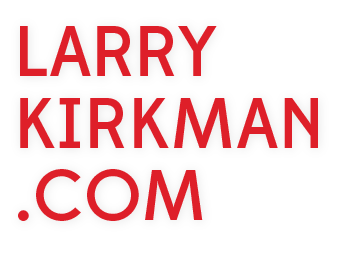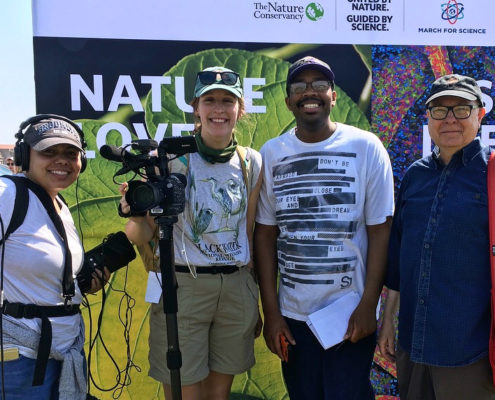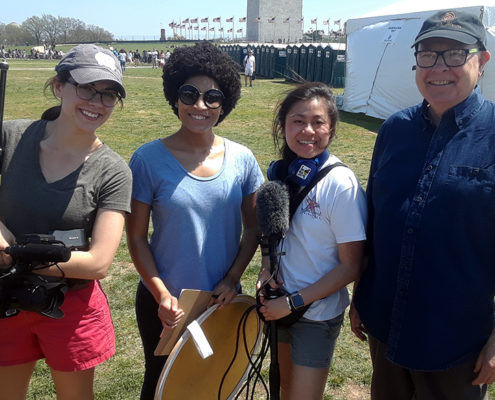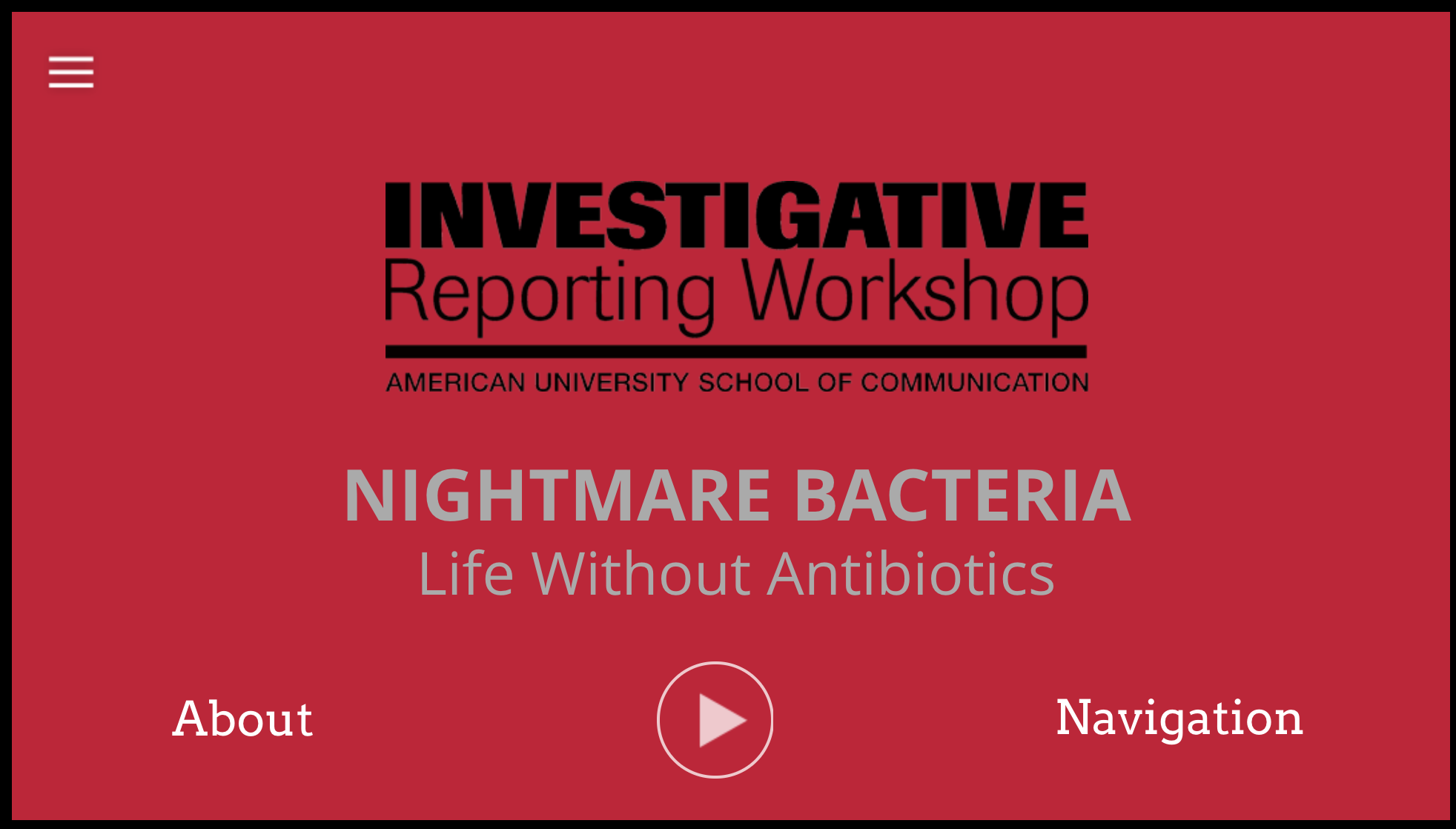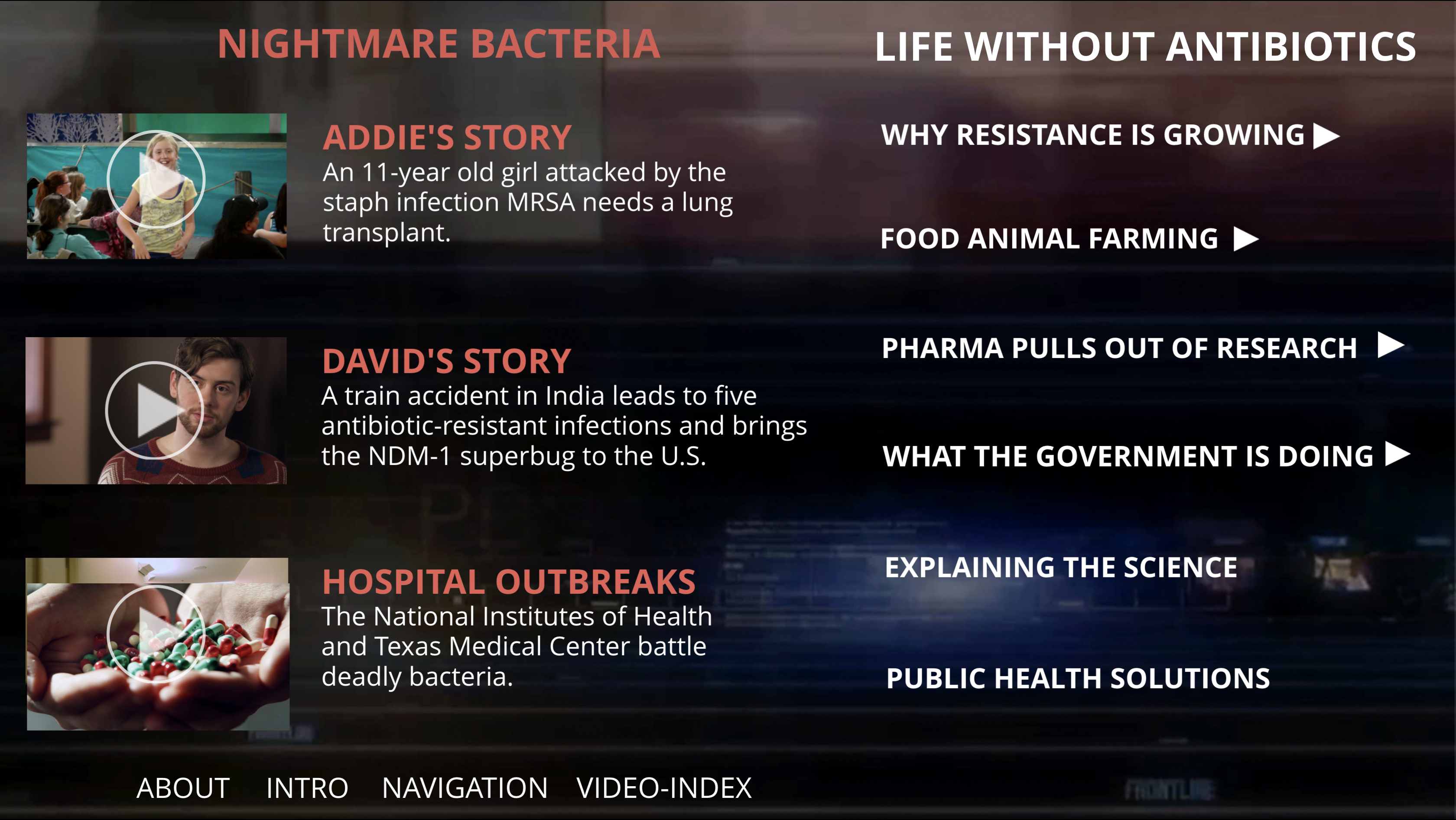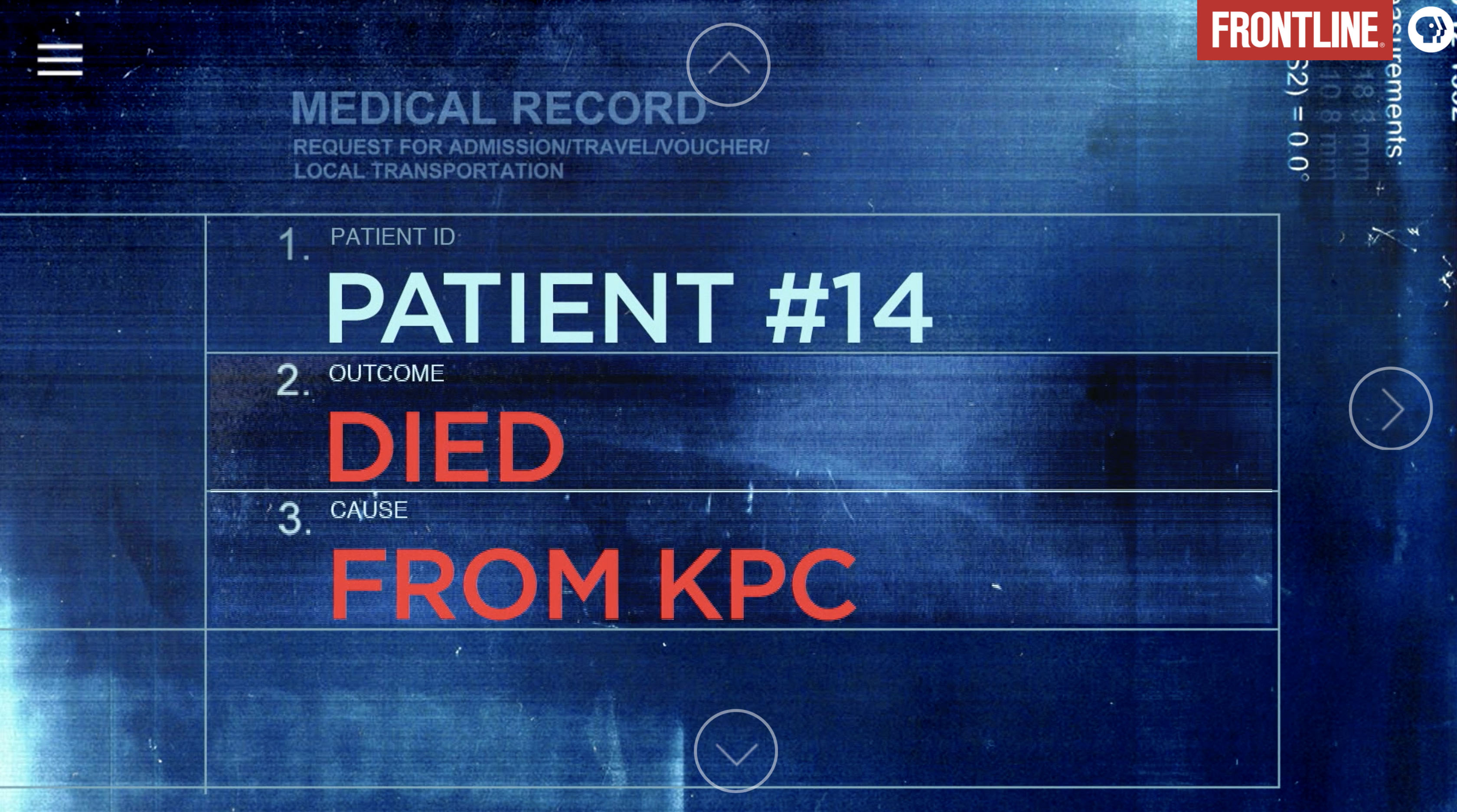SCIENCE COMMUNICATION IN PUBLIC POLICY
“Clear and simple is not enough,” argues AAAS leader Rush Holt in SCICOMM, my 12-minute video from the Center for Environmental Filmmaking at American University. “It has to be meaningful,” he says. “It has to communicate the science in a way that people feel they can take it in, not just understand it but embrace it and care about it, in other words believe that it is relevant.
”When I brought four video crews to the March for Science in 2017 and 2018, we found an intensity, an urgency, and a desire to communicate the fundamental importance of science to all aspects of our lives. “Science Not Silence” was the rallying call for marchers who have seen their work ignored, defunded, misinterpreted, and censored, despite conclusive evidence that the consequences of inaction will be profound and irreversible. The rejection of scientific evidence by politicians and policy makers has created an historical turning point and a crucible for scientists. It’s being called a “war on science.”
Denis Hayes, organizer of the first Earth Day, says in the video: “this is the Inquisition gunning for Galileo.”At the March for Science, we asked scientists to define the challenges of science communication practice, training and strategy. They represent the new strategic efforts that have been launched to train and equip scientists and science advocates to more effectively communicate the value and values of scientific knowledge.
I want to follow the journeys of scientists who have decided to be more public, to document their communication best practices, to capture their dialogue, one-on-one and in small groups. I want to show how scientists and civic science advocates learn to be more effective communicators and listen to them reflect on their experiences in public education and advocacy.I plan to tap into the latest science communication research revealing new ways to engage, inform and persuade the public. Where is the science of science communication being applied? And, I want to put this work in historical perspective, from Silent Spring through tobacco and climate, using archival material and interviews with scholars, journalists and science communication strategists.
SCICOMM: Raising Our Voice for Science in Public Policy
12 minute video from the Center for Environmental Filmmaking
Science Communication Lab
Director/Producer Larry Kirkman
Editor/Producer Shannon Shikles
Free to use and share here
NIGHTMARE BACTERIA: LIFE WITHOUT ANTIBIOTICS
Nightmare Bacteria: Life Without Antibiotics; An interactive production on the consequences of the overuse and misuse of antibiotics
Nightmare Bacteria: Life Without Antibiotics is an interactive multimedia project of the Investigative Reporting Workshop (IRW) at the American University School of Communication. I produced it with Robin Mudge.This interactive production was made possible by a grant from the National Institute of Health Care Management (NIHCM) Foundation.The production builds on two FRONTLINE/IRW documentary films: Hunting the Nightmare;Bacteria and The Trouble with Antibiotics, produced by the FRONTLINE team at American University.
The goal of the project is to engage and inform a wide audience about the overuse of antibiotics and its consequences. This site showcases edited chapters of the two PBS programs. It features stories of people and hospitals struggling with superbugs. It covers the decline in research among pharmaceutical companies and the use of antibiotics in food animal farming.Additional material includes interviews with leading public health experts and explanations of the science of antibiotics.
Recently launched initiatives promise some solutions, including the investment by governments in developing new antibiotics, efforts to more quickly detect and identify resistant bacteria, and food industry decisions to use meat grown without antibiotics.
BACKGROUND: A study commissioned by the U.K. government predicts that antibiotic-resistant infections will overtake cancer as the leading cause of death by 2050. In the U.S., over 2 million people get sick and 23,000 die from these types of infections.
The United Nations warns that the United States and the rest of the world are on the road back to the days of people dying from common infections and injuries. The World Bank estimates the global Gross Domestic Product could fall by $100 trillion as a result.
The head of the U.S. Centers for Disease Control and Prevention (CDC) used the phrase “nightmare bacteria” to bring attention to the urgency of the problem. The CDC foresees a pre-penicillin future unless there is significant reduction in overuse and misuse in human medicine and food animal farming.
A study by Pew and the U.S. Centers for Disease Control estimates 47 million unnecessary prescriptions for antibiotics are written in the U.S. each year. The U.S. Food and Drug Administration has issued guidelines to reduce the use of antibiotics important in human medicine for food animal farming.
ADDIE’S STORY: An 11-year old girl attacked by the staph infection MRSA needs a lung transplant. “How did she get so sick? How did it happen so fast?” – Addie’s mom.
HOSPITAL OUTBREAKS: The National Institutes of Health and Texas Medical Center battle deadly bacteria. “No matter what we did…it was still spreading.” – NIH intensive care nurse
EXPECTATIONS
I’ve resurrected a documentary I worked on 30 years ago. Expectations is about the loss of industrial jobs and the decline of the middle-class, told through the stories of laid-off steelworkers and their families in East L.A. Expectations was presented to the PBS network by WNET-TV. The film was directed and photographed by Michael Marton. It’s narrated by John Lithgow and features music with Ry Cooder and Mose Allison. David Weiner produced, Neal Sacharow edited, and Leslie Parke was associate producer.
I was executive producer.
View the full film on Vimeo here
